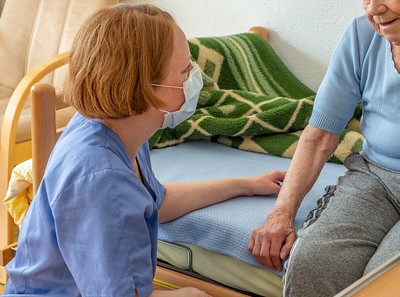Last week, the Michigan legislature stuck a fork in Governor Gretchen Whitmer’s plans for free community college for all graduating high school seniors. Whitmer’s plan relied on expanding the Michigan Achievement Scholarship by hijacking funds intended for the Michigan Public School Employees’ Retirement System health benefit.
(I’m not going to get into the (im)propriety of the Governor’s Office ripping off the pension plan (yet again), but let’s just say that if a public pension plan appears to have investment gains in excess of what it needs to pay for TODAY’S obligations, those gains should ALWAYS be LEFT ALONE because they will come in handy when the pension fund needs to cover TOMORROW’S investment losses.)
While making more money available for free community college is laudable, there is additional preparation work to be done before the State (or anyone else) can rely on Michigan’s community colleges to produce authentic economic development.
Currently, Michigan’s community colleges have a combined average graduation rate of about one-third. Two out of every three students who start their studies at a community college in Michigan leave without graduating. Increasing the graduation rate is a high priority, but it is not at the top of the list of community college improvements.
It will be much easier to convince people to graduate if they can fill high-wage, high demand jobs. No matter how “free” the State makes free community college, that won’t be enough to convince people to train for low wage jobs. And even if it were possible to convince people to take low-wage jobs, it’s not going to be possible to convince them to stay in low wage jobs. And it’s certainly not going to be possible to convince prime-age workers to stay in the area in low-wage occupations.
So, let’s not do that.
Free community college strategy needs work
Students who go to a community college on their way to a four-year degree don’t fare any better than those students who are looking for gainful employment. Rather than trying to pack classrooms with students who aren’t going to survive a four-year institution, let’s fix the transfer pathway. Instead of setting up transfer students to fail, let’s figure out how to set them up to succeed.
If the State of Michigan focused its funding efforts on both of those things –high-wage, high demand employment opportunities and successful transfer programs – we wouldn’t need free community college plans. I realize that the State Legislature has tried to get the universities to play ball by requiring them to accept community college transfer credits, but that just hasn’t been helpful.
For years, Michigan’s four-year universities have complained that Michigan’s high school graduates are academically unprepared for university programs. Michigan high school students’ SAT scores rank 42nd in the nation. Nothing is going to improve the community college transfer pathway until the State of Michigan truly addresses this concern.
Michigan’s high school seniors are not academically prepared to succeed in post-secondary programs. So, let’s fix that. Ideally, the fix would take place in Michigan’s K-12 schools, but if that’s not going to happen, then Michigan’s community colleges can deliver programs that enable students to improve their odds of succeeding academically in our universities.
It doesn’t really serve anyone’s interests to pretend that this issue doesn’t exist. Maybe Michigan’s universities and community colleges could jointly develop a uniform preparatory general education curriculum that would correct the perceived academic deficiencies among Michigan’s high school students.
We need to fix these problems before we worry about free community college programs.
Photo Credit: SNSF Scientific Image Competition , via Flickr

















